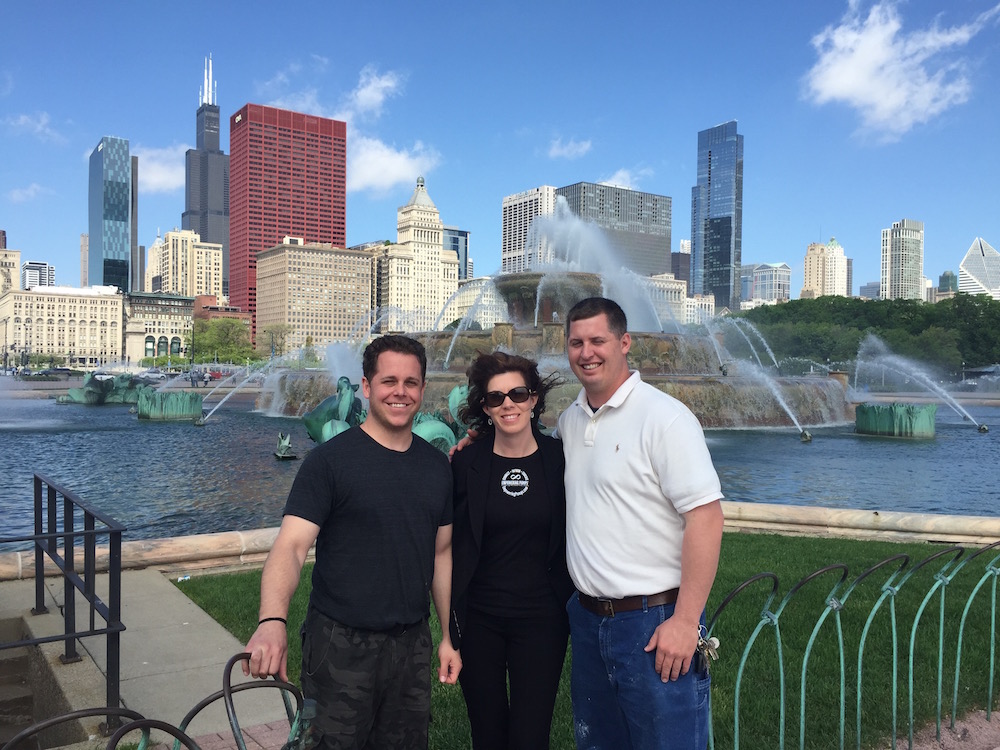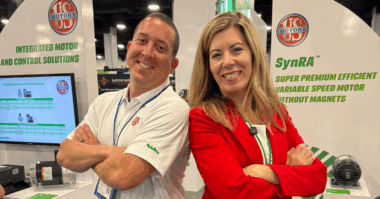Understanding the concept of hydraulic head, the ancient Romans used the force generated by water pressure from springs and reservoirs located at higher elevations to make fountains at lower locations jet water high into the air. Though the purpose of fountains has changed over time from being primarily functional to purely decorative, the way many of the world’s fountains operated continued to utilize gravity well into the 19th century. By the early 1900’s, with the advancements of plumbing and pumping technology, many urban fountains began to use mechanical pumps to propel recycled water high into the air.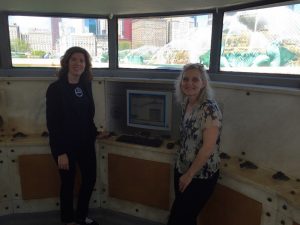
The famous Clarence Buckingham Memorial Fountain in Chicago’s Grant Park was one of the first fountains in the United States to power its 150 foot main water display using three horizontal split case, double suction, centrifugal pumps. Approximately 1.5 million gallons of recirculated water are pumped through the Buckingham Fountain, which was donated in 1927 by philanthropist Kate Buckingham and designed by architect Edward Bennett, sculptor Marcel Loyau, and engineer Jacques Lambert. Inspired by the Latona Fountain at the Palace of Versailles, the Buckingham Fountain uses 134 jets to power its displays, which spray up to 14,100 gallons of water per minute.
“These major displays were entirely manually operated until 1980,” explains Julia Bachrach, the Chicago Park District Historian and author of The City in a Garden: A History of Chicago’s Parks. “Two engineers would alternate throughout the week working a 12-hour shift every other day, manually running the major display 2 times a day, 3 days each week. In addition to manually operating the water displays, there was an evening light show that had been created by a theatrical lighting designer. The fountain engineers used a manual dimmer board to control the 820 lights that were faded and blended to create the effect of soft moonlight – a concept which was initially conceived by Kate Buckingham.”
Though the nighttime lighting effects were automated in 1968, the Buckingham Fountain water displays continued to be manually controlled from the 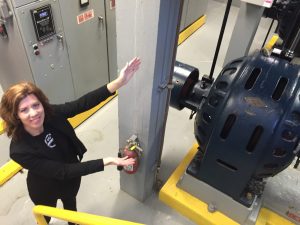 underground pump room, which is located at the southeast corner of the fountain. The engineers working on-site used a series of bronze levers in the control room to manually operate three pumps: Pump #1 is a 250 HP pump, which can pump up to 7,000 GPM at 105 ft. of head; Pump #2 operates at 190 HP and can pump up to 5,500 GPM at 100 ft. of head; Pump #3 runs at 75 HP and pumps up to 1,600 GPM at 100 ft. of head. While pump #2 and #3 are only run for major displays, it is only Pump #3 that supplies the high, center jet which sends the water 150 feet into the air.
underground pump room, which is located at the southeast corner of the fountain. The engineers working on-site used a series of bronze levers in the control room to manually operate three pumps: Pump #1 is a 250 HP pump, which can pump up to 7,000 GPM at 105 ft. of head; Pump #2 operates at 190 HP and can pump up to 5,500 GPM at 100 ft. of head; Pump #3 runs at 75 HP and pumps up to 1,600 GPM at 100 ft. of head. While pump #2 and #3 are only run for major displays, it is only Pump #3 that supplies the high, center jet which sends the water 150 feet into the air.
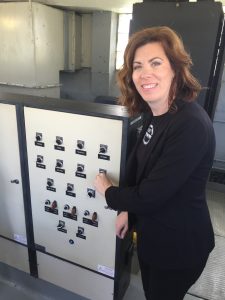 Operations were fully computerized in 1980, and in 2013, the Honeywell Excel-Plus Touch Screen was installed to revolutionize operations. While the fountain is now completely automated, operations can still
Operations were fully computerized in 1980, and in 2013, the Honeywell Excel-Plus Touch Screen was installed to revolutionize operations. While the fountain is now completely automated, operations can still
be overridden manually, giving the engineers flexibility during times of renovation or upkeep. Modern engineering and manufacturing processes have enabled the maintenance team to keep the original DeLaval pumps operating into their 88th year, ensuring residents and tourists alike have the opportunity to appreciate the Buckingham Fountain’s majestic display.
Do You Want to Attend a Pump Room Tour?
If you are planning a trip to Chicago to attend WEFTEC 2015 in September, please email me if you would like to attend a private tour of the Buckingham Fountain Pump Room. Julia Bachrach imparts a deeply detailed history of the Buckingham Fountain and enriches your experience of this historic Chicago landmark. Email me at charli@empoweringpumps.com if you are interested in attending a pump room tour.

